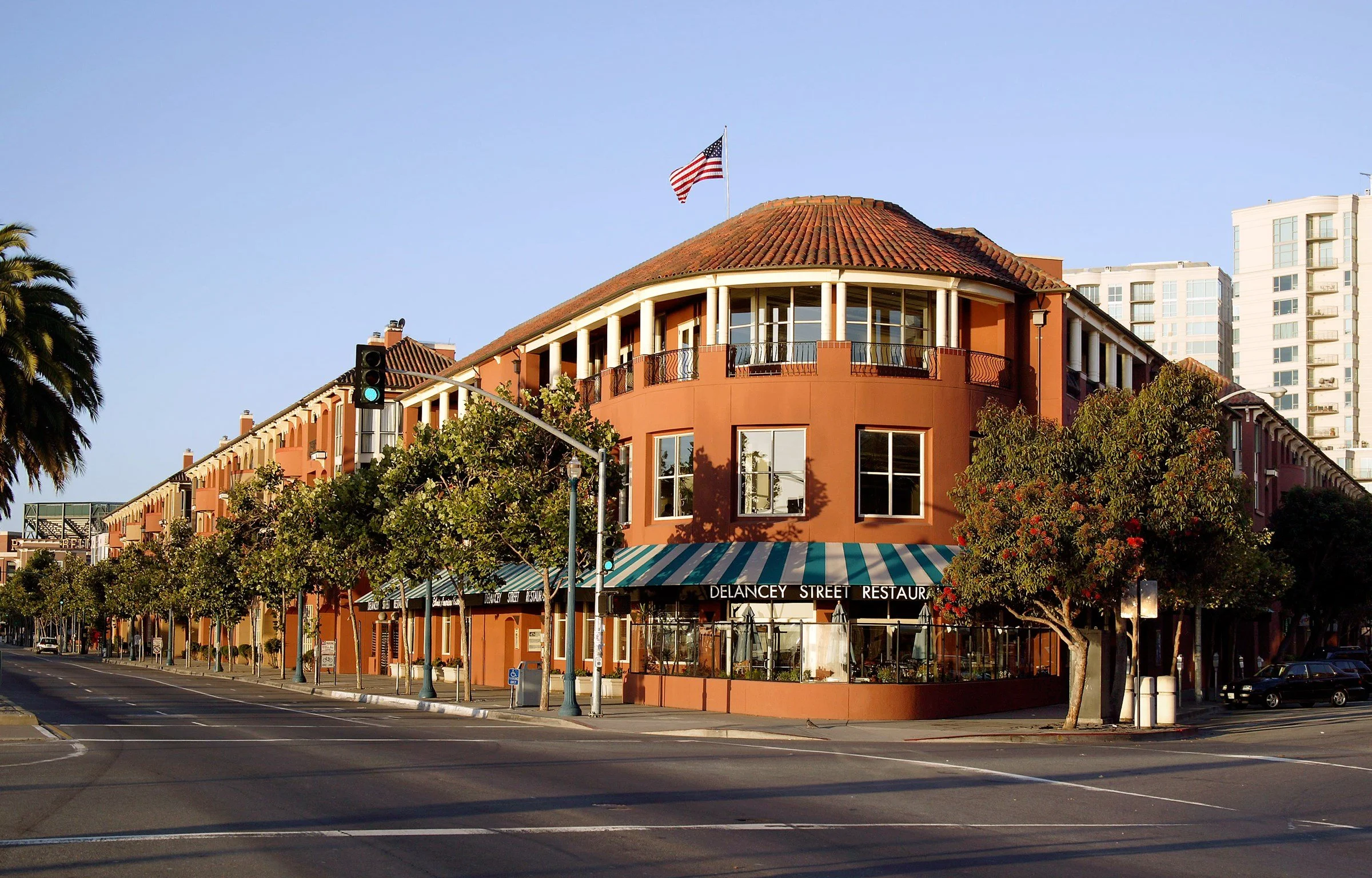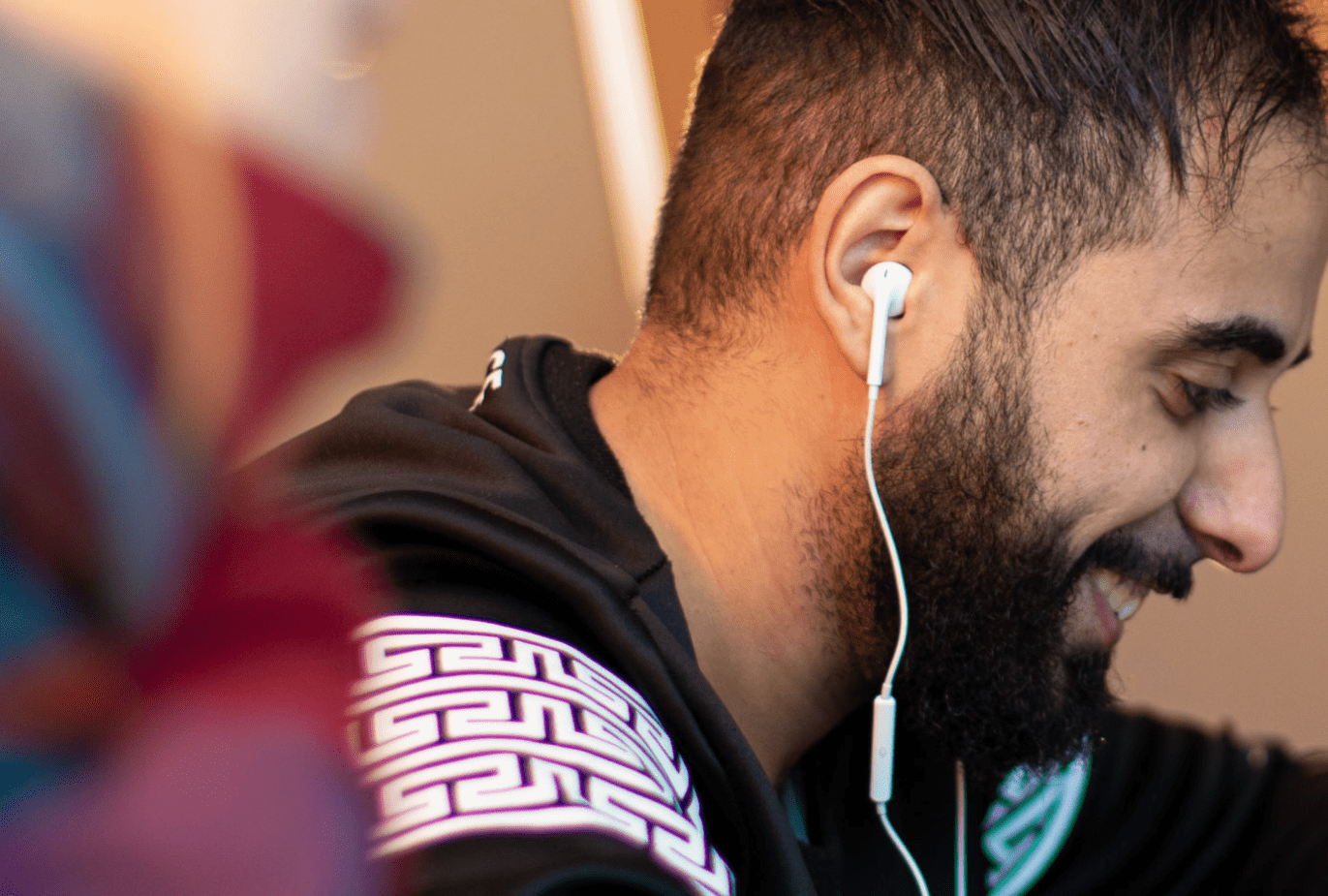

The following narrative wasn't initially intended as a thought leadership piece. Nonetheless, over the years, we've found ourselves exploring various models relating to post-incarceration rehabilitation, particularly in tourism and hospitality and, most recently, quite unexpectedly, through an analysis of urban regeneration in Paris. This subject seldom enters conversations in management consulting or programs financed by international financial institutions or development agencies. This absence might stem from the lack of financial incentives for consultants in this domain or because it's a topic that doesn't typically feature prominently on community development agendas. Regardless, we believe it's a crucial issue.

Society and businesses have a considerable distance to traverse in eliminating the stigma of employing former inmates. However, the hospitality project Quai Liberté in Paris (shown in the photo above) is making significant strides in shattering this 'shame ceiling.'’ A photograph of Moussa, a former inmate now working at a restaurant at Quai Liberté, is proudly displayed alongside his quote: "This allowed me to change my life, to become someone respectable and respectful." This poignant testament to personal transformation reassures patrons that it's perfectly fine to enjoy a meal prepared or served by rehabilitated individuals. Furthermore, it underscores the project's message: it is acceptable and a tangible demonstration that successful reintegration into society is achievable.
In assessing strategies and management practices from a global perspective, we found several organizational and delivery models currently operating in North America and Europe compelling. These models, often driven by community initiatives and NGOs, offer unique insights into the field. Unfortunately, such models are not frequently encountered in developing nations, at least not in widely publicized or established organizational formats. Many models' unexpected facets, particularly in integrating tourism, training, and urban contexts, captured our attention. They consistently demonstrate innovation in their deployment within urban and tourism environments, use diverse collaborative frameworks, and employ rigorous training and monitoring mechanisms. At first glance, finding commonalities among boats offering unique views of landmarks like the Statue of Liberty, high-end restaurants, CRM tech companies, and credit unions might seem puzzling. However, these disparate settings have created intriguing possibilities for what can be achieved; rehabilitation models underscore their innovative nature by incorporating such diverse locations and settings, highlighting the potential for adaptability and novelty in program delivery.
The Doha Declaration, adopted after the 13th United Nations Congress on Crime Prevention and Criminal Justice, has signified measures to facilitate prisoners' rehabilitation and social reintegration into the community and provide support systems and resources that enable individuals leaving prison to successfully transition back into society. Although this reinforces the global commitment to promoting a more inclusive and rehabilitative approach toward individuals involved in the criminal justice system, there is a noticeable gap in practical models that operate within a market-based environment and collaborate with the private sector. Further, there's a lack of strategies emphasizing genuine skill development on par with modern upskilling models.
Reintegration models are crucial to understanding as part of community development thinking for several reasons; they (1) Promote social inclusion: Successful reintegration models contribute to a more inclusive society by supporting individuals who have been incarcerated to become productive members of their communities. This process helps break down stigmas and promotes acceptance; (2) Reduce recidivism: Effective reintegration models can significantly reduce reoffending rates by providing former inmates the tools and support they need to navigate life post-incarceration. This can include job training, education, counseling, and other supportive services; (3) Improve public safety: By reducing recidivism and helping former inmates lead stable, law-abiding lives, reintegration models contribute to overall public safety; and (4) Promote economic benefits: By assisting formerly incarcerated individuals to become economically active, reintegration models can reduce the societal costs of recidivism and increase community productivity.

In 2020, the Wakeup Café Association founded Quai Liberté (Liberty Dock), a 2000 square meter venue in the heart of Paris's 15th Arrondissement. Nestled opposite the Statue of Liberty replica and offering views of the Eiffel Tower, this site houses a high-end restaurant, salons used for events and by French TV, a spacious dock for outdoor activities, and a seasonal open-air summer terrace, as depicted in the above photo. While its location and placement are part of a larger initiative to rejuvenate the riverfront open space, the facility conceptualization and operation are led by WKF. Their innovative model blends hospitality with societal reintegration, employing former inmates as part of the workforce, thus adding a profound social impact to the project and the overall area as a model for urban and human resilience.
Understanding how reintegration models work requires: (1) Tailored approaches: Successful reintegration models recognize that each individual has unique needs and experiences. Tailored support services, from mental health counseling to vocational training, can address these diverse needs effectively; (2) Collaborative efforts: Reintegration is not just the responsibility of the individual or a single organization. It involves collaboration between various stakeholders, including government agencies, nonprofits, employers, and the community; and (3) A long-term focus: Effective reintegration does not happen overnight. It requires long-term commitment and resources to support individuals in their journey toward stability and self-sufficiency.
The first model we will discuss is the Wakeup Café (WKF), a non-profit association that aids prison inmates in France towards sustainable reintegration and preventing recidivism. WKF collaborates with the French Prison Integration and Probation Services (Service pénitentiaire d'insertion et de probation or the SPIP), other associations, and business partners. Its main objectives include fostering self-esteem, guiding inmates from incarceration to employment, and raising societal and corporate awareness about the significance of prisoner rehabilitation. WKF offers personalized in-prison and post-release support and a supportive community to combat recidivism and isolation. They also organize various events annually to reshape societal and business perspectives on prisoner reintegration. The first in our discussion is the Inside-Outside models, which are approaches that aim to facilitate a hybrid of before and during integration that the WKF employs.
Wakeup Café operates the Insert'up program, which aims to facilitate the integration of inside-outside courses. The courses provide vocational training and support to detainees, enabling them to develop the skills necessary for sustainable reintegration into society. The program operates through a unique 3-way Impact Contract—a training program conducted within detention facilities, offered by professional training organizations and aligned with the specific recruitment needs of partner companies. Firstly, it aims to prepare detainees for their eventual release by equipping them with the necessary training and skills and enhancing their chances of securing employment once they leave prison. Secondly, it seeks to support partner companies hiring individuals who have received training during incarceration. In essence, by combining vocational training within detention facilities and forging partnerships between training organizations and private companies, the Insert'up program aims to create a pathway toward successful reintegration for individuals leaving prison while addressing the workforce needs of participating companies.

The second organization in our comparative discussion is Delancey Street, a renowned 50-year-old San Francisco-founded non-profit that has since expanded to other US cities. Delancey Street aims to empower individuals to break the cycle of destructive behaviors, build essential life skills, and successfully reintegrate into society as responsible and productive citizens. It is the first organization to use a residency model as a transformative program for individuals overcoming addiction, incarceration, and homelessness. It operates as a community where residents support one another and participate in a structured program and a unique model; The program includes education, vocational training, counseling, and character development. It does not take sex offenders, dual diagnosis applicants, or individuals who require psychiatric medication.
In Delancey Street's residency training program, residents begin at entry-level positions and progress through specialty vocational training schools with guidance from experienced peers. They apply a unique "each-one-teach-one" method where other residents are teachers. In addition, they can obtain the equivalent of high-school education and earn a GED (General Education Development) certification with an option to get college courses. This educational component ensures that residents have solid academic knowledge, not just a skills foundation. As part of this approach, residents must have a minimum stay of two years to allow for a more substantial investment in knowledge development. Also, individuals who have successfully gone through the reintegration process provide guidance and support to others transitioning, emphasizing the importance of lived experience and mentorship in rehabilitation.

Delancey Street runs a version of such a program where residents get a job and live in and work out for several months, saving their money in a Delancey-managed credit union and paying rent until they can move on to continue their new lives in the mainstream of society. The Digit'up Project by Wakeup Café offers a slightly different and longer program, a reintegration initiative aimed at helping individuals referred to as "wakers" who are individually mentored by the WKF team throughout their incarceration and post-release period. This one-year sustainable reintegration course starts six months before an individual's release from detention. It continues for six more post-release allowing wakers to undergo specific training throughout, facilitating access to basic knowledge, skills assessment, and Validation Of Acquired Experience (VAE). Majorel, an international leader in CRM technology, partnered with Wakeup Café and Pôle Emploi, a French governmental agency that supports unemployed people, to create this unique program.

WKF publishes the success rates of its outcomes, as shown in the figure above. Key Performance Indicators (KPIs) for post-incarceration rehabilitation and reintegration might include several measurable outcomes: (1) Recidivism Rates, gauging the percentage of program participants who re-offend or return to prison within a specified period post-release; lower rates would signify a successful reintegration process; (2) Employment Rates, which assesses the number of participants securing and maintaining stable employment post-release, demonstrating the program's effectiveness in facilitating economic self-sufficiency; (3) Skill Acquisition, which evaluates the success of the program's educational components, considering the number or percentage of individuals who complete vocational training or educational programs and gain new qualifications; (4) Program Completion Rates, which would measure the percentage of participants who go through the full rehabilitation program, indicating its overall feasibility and acceptance; (5) Social Integration Indicators, which could be somewhat more subjective, encompassing measures such as community acceptance, reduction in stigma, or the participant's self-reported sense of belonging and wellbeing; (6) Economic Self-Sufficiency, involving an assessment of participants' capability to achieve financial independence post-release; and (7) Sustained Housing, which considers the ability of former inmates to secure and maintain stable housing after their release.
Delancey Street has developed 12 successful ventures that afford residents practical work experience and training in marketable skills. Similarly, WKF operates a successful high-end restaurant, event space, and riverfront hospitality establishment. These enterprises, designed to dismantle barriers to employment entry, are clearly viable and impactful solutions. They offer an effective bridge until the private sector provides more inclusive and accessible opportunities. By filling this gap, these enterprises offer immediate solutions and demonstrate to the private sector the potential and value of this under-utilized workforce.
For more information about OHK’s social equity and community development advisory, contact us.